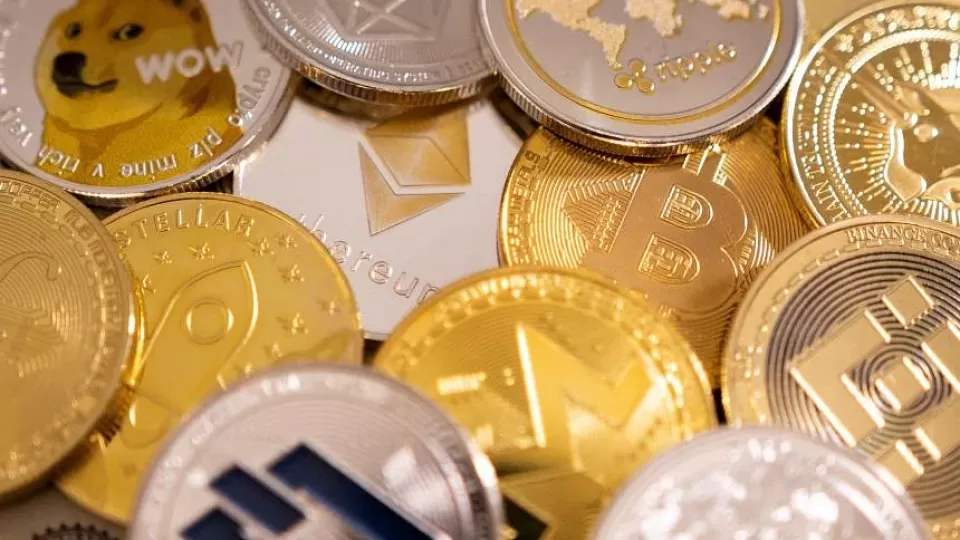January 13, 2023
SINGAPORE – The volume of cryptocurrency-related crime hit a new high in 2022 on the back of more sanctioned entities, despite the digital asset market sell-off.
In what blockchain research firm Chainalysis said was a more conservative estimate, the illicit transaction volume went up to US$20.1 billion (S$26.7 billion) last year.
These illegal transactions include human trafficking, ransomware, stolen funds, terrorism financing, scams, cybercrimes, fraud and the Darknet market.
This is up from US$18 billion in 2021 – this figure was earlier estimated to be a lower US$14 billion.
The firm said in a report released on Thursday that the 2022 figure “is sure to grow over time as we identify new addresses associated with illicit activity”.
Chainalysis noted that the calculation does not include proceeds from non-crypto-native crimes, such as conventional drug trafficking that involves crypto as a mode of payment.
Of the illegal crypto transactions last year, 44 per cent came from activities linked to sanctioned entities, including Russian exchange Garantex, which accounted for the majority of transaction volume last year.
In a blog post on Monday, Chainalysis said the Office of Foreign Assets Control (Ofac) of the United States Department of the Treasury first issued crypto-related sanctions in 2018.
The number of sanctioned crypto-linked entities has grown from two in 2018 to 10 in 2022, in tandem with the rise in sanction-related addresses, which went up from two in 2018 to 350 in 2022.
Ofac sanctioned Garantex in April 2022 but, as a Russia-based business, the exchange has been able to continue operations.
“Transactions associated with Garantex or any other sanctioned crypto service represent, at the very least, substantial compliance risk for businesses that are subject to US jurisdiction, including fines and potential criminal charges,” the report said.
The report also found that the share of illegal activity among all crypto transactions has risen for the first time since 2019. It went up to 0.24 per cent in 2022, from 0.12 per cent in 2019.
The report said the rise should not come as a surprise, adding that it was expected as the total transaction volume fell with the onset of the bear market, while illicit transaction volume crept up.
Chainalysis said the increase in 2022 is significant as “the share corresponds with a very high value of economic value flows when expressed in US dollars – approximately US$20 billion in 2022 and US$18 billion in 2021”.
“These numbers, as we note, are a base case for the level of illicit activity on (the blockchain), and would not capture the use of crypto to facilitate physical-world drug exchange or other activities,” it added.
In the calculation of the overall share of illegal activity, Chainalysis said that it does not include volumes associated with centralised services that collapsed in 2022, some of which are facing charges of fraud, given the lack of off-chain insights.


